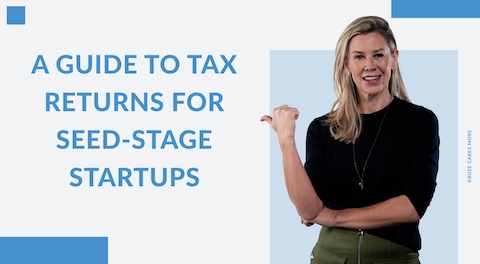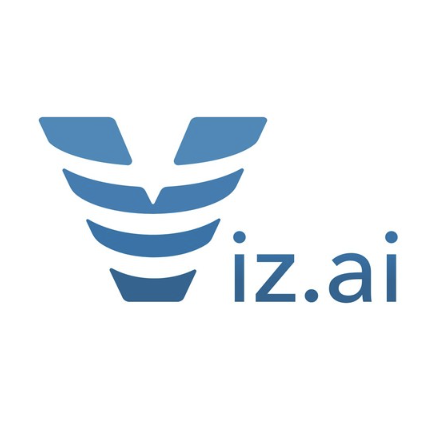
Jumping ahead to the credits, our assessment is “not really,” based on the parameters of the program and the conclusion of a study from the Brookings Institute that states:
-
ETP had the strongest impacts on companies that were more than 10 years old (long enough to have established internal infrastructure and pathways for learning) and that were small or midsized businesses with between 19 and 100 employees.
-
This study also found that ETP funding had negative impacts on businesses with less than 18 people and young companies, and that small businesses were likely to invest the least in training overall.
“Negative impacts” in this study means that both employment and sales decreased, rather than increasing.
About the California ETP program
ETP was launched in 1983 by the state of California, and it’s been in operation long enough that a significant network of consultants has grown up around it. These companies will handle the paperwork and administration of the program, typically for some upfront fees and a percentage of the final reimbursement (pricing will vary). Going back to the Brookings Institute study, companies surveyed said ETP’s administrative processes and information systems were overly cumbersome, so many outsource the proposal process.
Guidelines:
- The company has to submit a proposal (this is where the consultant firms come in).
- Funding is for full-time employees in California below director level earning approximately $14-$16 an hour or more (subject to change by ETP).
- Employees must complete at least 24 hours of training but not more than 200 hours within 21 months.
- The training has to be supplemental, beyond basic skills.
- Employees must remain with the company for at least 90 days after completing the training.
- If approved, the company will get its training dollars reimbursed after the employee has remained for 90 days.
What industries are served by ETP?
From 2012-2017, ETP awarded more contracts in the construction industry, but provided more funding to the manufacturing industry. ETP approved 40 percent of new funding for contracts in the manufacturing industry, 15 percent for construction, 12 percent for high-tech and technical services, and 10 percent for healthcare.
What’s the bottom line?
The program appears largely intended to reach trade and administrative workers who would benefit from additional skills training. The 200-hour cap would seem to focus this program on employees who can benefit from very specific training, which is why it’s largely used in manufacturing and construction.
The company foots all the costs until reimbursement is issued after the 90-day employment goal is reached. That means there’s a risk to the company in that a worker can receive training and then take a better job without staying 90 days. The company could have the worker sign a contract, but as a practical matter, enforcing it would be cost-prohibitive. So in general, the program doesn’t seem to be aimed at startups or early-stage companies. If you need information about tax credits that benefit startups, contact us.















